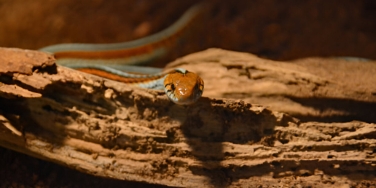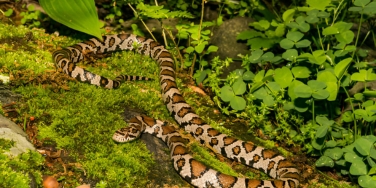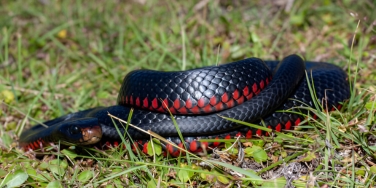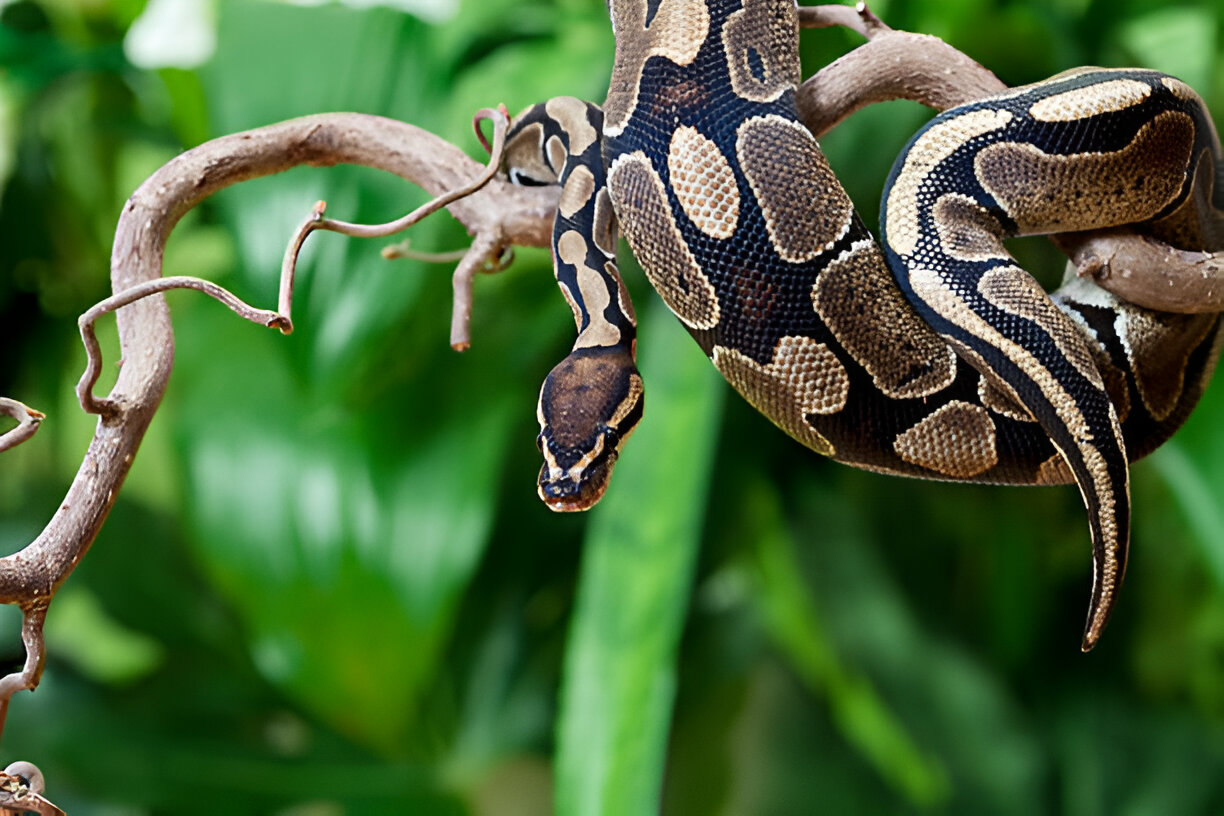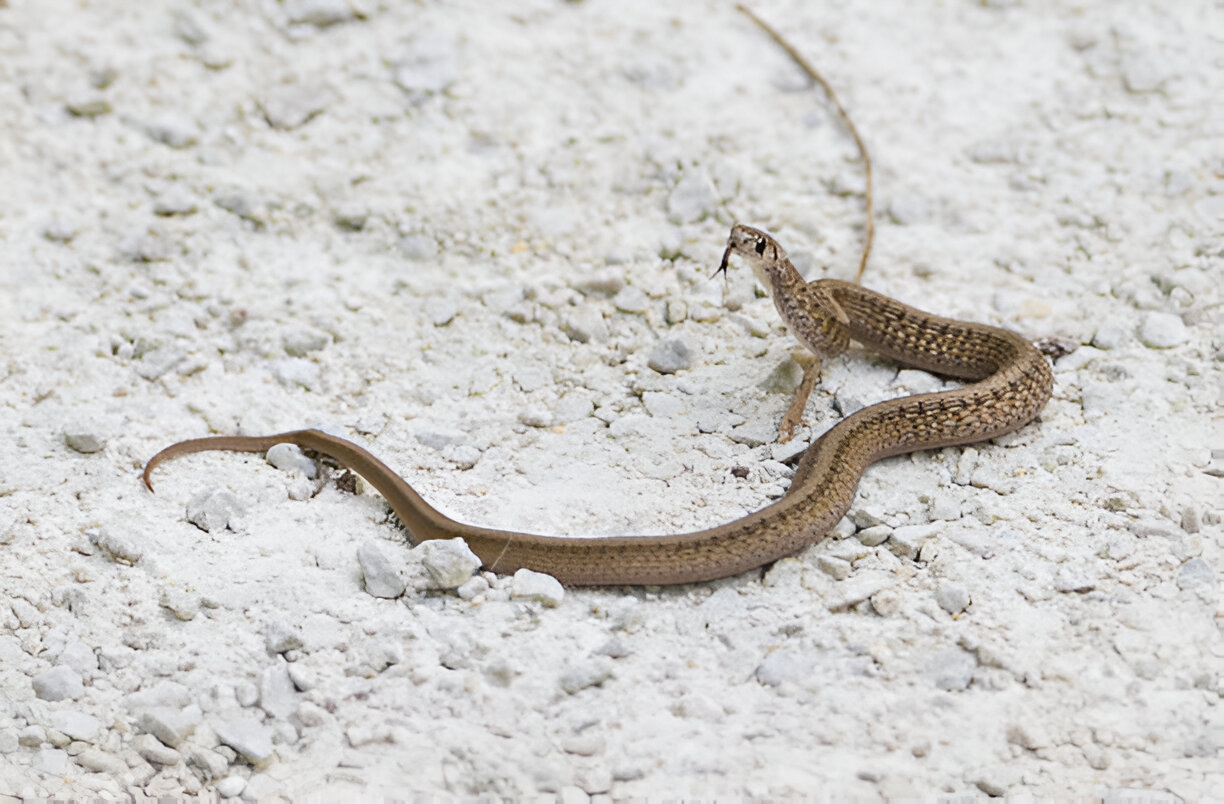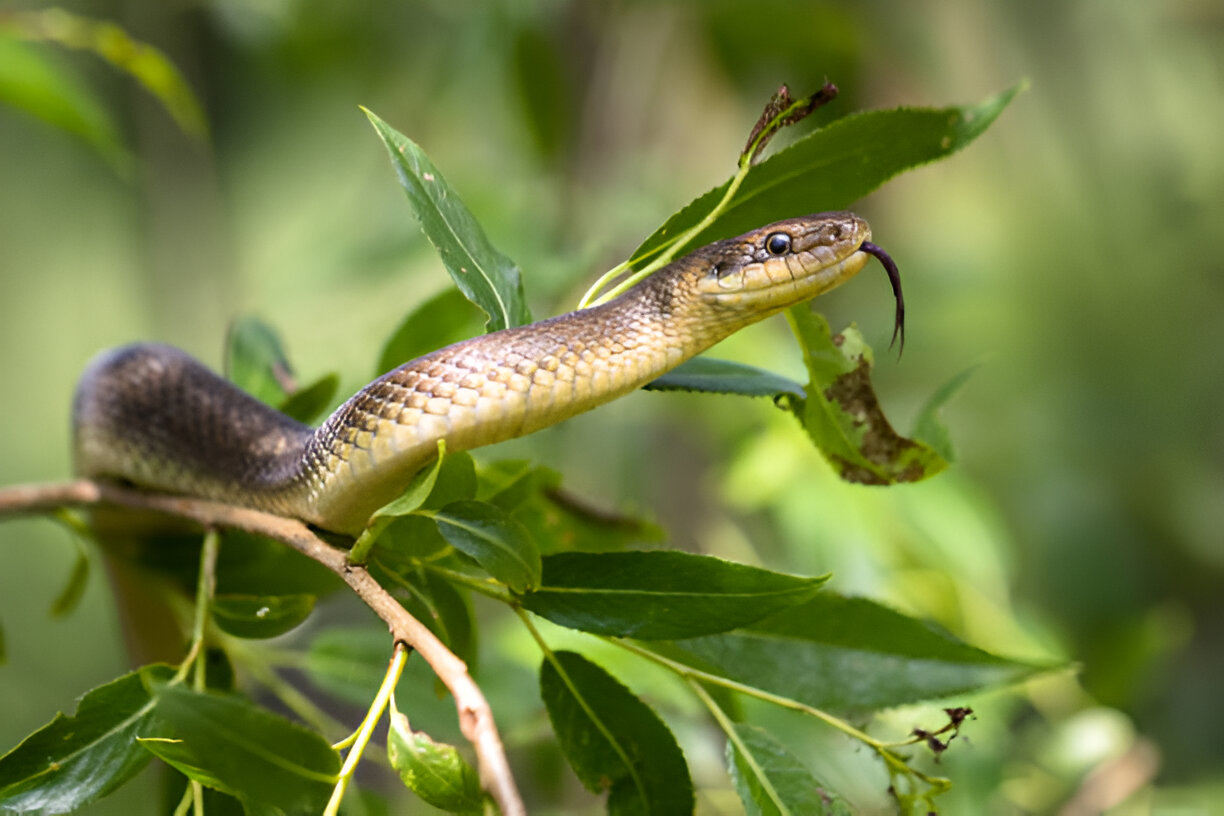Introduction
Maine Snakes, a state located in the northeastern part of the United States, is known for its stunning landscapes and diverse flora and fauna. While many may think of it as a prime location for whale watching or leaf peeping in the fall, Maine is also home
Maine, known for its picturesque landscapes and serene natural beauty, is also home to a fascinating array of wildlife, including a variety of snake species. If you’re a nature enthusiast or just curious about the reptilian residents of Pine Tree State, this guide will provide you with an in-depth look at Maine’s snakes. We’ll cover interesting facts, common species, and their habitats, identification tips, safety precautions, and ongoing conservation efforts.
Introduction
Maine Snakes: A Comprehensive Overview and Their Characteristics
Snakes have long slithered through Maine’s diverse ecosystems, playing an integral role in maintaining ecological balance. These reptiles, often misunderstood, are pivotal in controlling pest populations and preserving biodiversity. Historically, snake populations in Maine have fluctuated due to various factors, including habitat changes and human activities.
Maine Snakes: The Importance of Understanding Local Snake Species
For both residents and visitors, recognizing and understanding local snake species brings several advantages. Knowledge of these creatures promotes safety, reduces unwarranted fear, and fosters a deeper appreciation for their role in the environment. Additionally, informed individuals can better contribute to conservation efforts and coexist peacefully with these fascinating reptiles.
Maine Snakes: A Brief Overview of Maine’s Diverse Ecosystems
Maine’s landscape ranges from coastal areas to inland forests, each offering unique habitats for different snake species. The state’s varying climate and geography significantly influence snake distribution, providing ample environments for these reptiles to thrive.
Types of Snakes Found in Maine
Maine Snakes: The Common Garter Snake and Its Habitat
Description and Characteristics
The Common Garter Snake is a frequent sight in Maine. It typically sports three yellow stripes running down its body, set against a backdrop of green, brown, or black. These snakes grow to an average length of 18-26 inches and have a lifespan of 2-3 years in the wild.
Habitat Preferences
Garter snakes are highly adaptable and can be found in gardens, fields, and forests. They are known to shift habitats seasonally, seeking sunny spots in the summer and more sheltered areas as temperatures drop.
Maine Snakes: The Northern Water Snake and Its Characteristics
Physical Appearance
The Northern Water Snake is easily recognizable by its dark brown or black bands, which can sometimes be mistaken for those of a venomous cottonmouth. They range in size from 24 to 55 inches and grow larger as they age.
Typical Environments
Preferring aquatic habitats, these snakes are often found in lakes, rivers, and ponds. They are excellent swimmers and tend to bask near water sources, occasionally venturing on land to hunt.
Maine Snakes: Discovering the Smooth Green Snake and Its Habitat
Identification Features
True to its name, the Smooth Green Snake boasts a vibrant green color that helps it blend seamlessly with grassy environments. It has a slender body and smooth scales, making it one of the more visually striking snakes in Maine.
Natural Habitat
These snakes favor grassy areas and low vegetation. They are active during the warmer months and may migrate to find suitable overwintering sites.
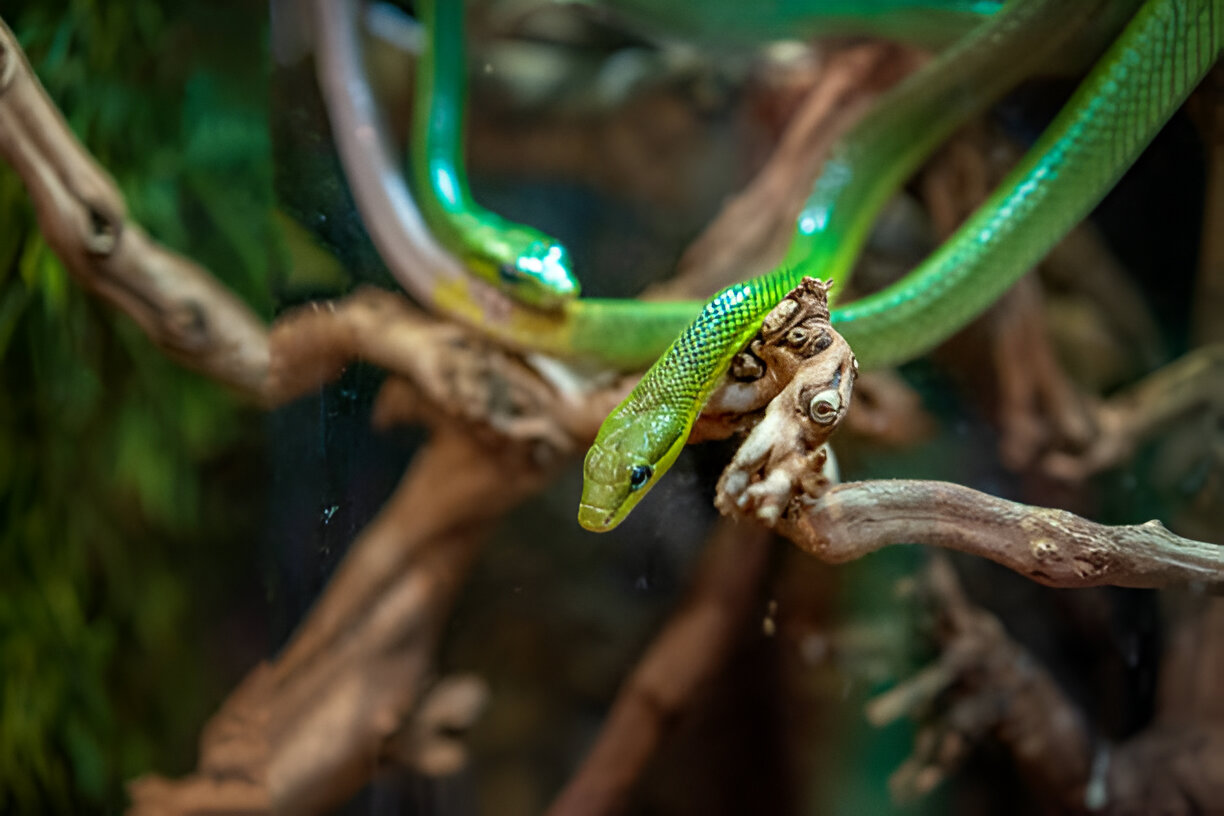
Maine Snakes: Unveiling the Eastern Milk Snake and Its Fascinating Behavior
Distinguishing Traits
Eastern Milk Snakes are known for their striking color pattern, featuring red, black, and white bands. This mimicry of venomous snakes serves as a defense mechanism against predators.
Common Locations
These snakes are often found in farmlands, forests, and suburban areas. They seek shelter under rocks, logs, and even buildings, making them a common sight in various environments.
Maine Snakes: Exploring the Red-bellied Snake and Its Unique Traits
Unique Features
The Red-bellied Snake is small and secretive, with a distinctive red or orange belly. Its upper body is usually gray or brown, aiding its camouflage in leaf litter and underbrush.
Habitats
This snake prefers wooded areas, often hiding in moist environments such as leaf litter and under fallen logs. During colder months, they hibernate in protected spots.
Maine Snakes: Rare and Less Common Species to Watch For
Examples and Brief Descriptions
- Ring-necked Snake: Small with a distinct ring around the neck, usually found in wooded areas.
- Brown Snake: Often found in urban gardens and forests, identifiable by its brown or gray coloration.
Maine Snakes: Exploring the Diverse Habitats of Local Snake Species
Forested Areas
Maine’s forests, both deciduous and coniferous, provide excellent habitats for many snake species. The forest floor, rich in leaf litter and fallen logs, offers shelter and hunting grounds for these reptiles.
Wetlands and Marshes
Wetlands play a crucial role in providing food and shelter for various snake species. Seasonal flooding can impact snake populations, affecting their access to resources and habitat stability.
Grasslands and Meadows
Open spaces like grasslands and meadows are vital for species like the Smooth Green Snake. These areas often intersect with agricultural lands, creating unique interactions between snakes and human activities.
Urban and Suburban Environments
Snakes have shown remarkable adaptability to human-modified landscapes. Urban and suburban areas provide new hiding spots and hunting grounds, though they also pose unique challenges for snake populations.
Seasonal Variations in Habitat Use
Snake habitats change with the seasons. During warmer months, snakes are more active and spread out, while colder months see them seeking shelter in hibernation spots to escape the harsh weather.
Maine Snakes: Fascinating Behavior Insights
General Behavioral Patterns
Maine snakes exhibit a mix of diurnal and nocturnal activity, depending on the species. Basking behavior is common, as snakes regulate their body temperature by absorbing heat from the sun.
Seasonal Behaviors and Hibernation
Hibernation is a key behavior for Maine snakes, allowing them to survive the cold winter months. They often seek out hibernation sites that provide protection from freezing temperatures and predators.
Feeding Habits
Maine’s snakes have diverse diets, typically consisting of rodents, amphibians, and insects. Their hunting and foraging strategies vary, with some using ambush tactics and others actively searching for prey.
Interaction with Humans
Despite common misconceptions, Maine’s snakes are generally not aggressive towards humans. Understanding their defensive behaviors and recognizing signs of stress can help mitigate negative encounters.
Maine Snakes: Safety Tips for Encounters
How to Identify Non-venomous vs. Venomous Snakes
Key identification markers include head shape, pupil type, and color patterns. Field guides and local resources can be invaluable tools for accurate identification.
Steps to Take if You Encounter a Snake
If you encounter a snake, remain calm and move slowly. Maintain a safe distance, avoid sudden movements, and observe the snake without disturbing it.
First Aid for Snake Bites
In the rare event of a snake bite, immediate actions include cleaning the bite area, immobilizing the affected limb, and seeking medical attention. It’s crucial to dispel common myths about snakebite treatment to ensure proper care.
Preventative Measures
Preventative measures include yard maintenance to deter snakes and safe hiking practices such as wearing boots and staying on trails. Educating children and pets about snake behavior and safety is also important for preventing negative encounters.
Importance of Snakes in the Ecosystem
Snakes play a vital role in controlling pest populations and contributing to biodiversity. Their presence is an indicator of a healthy ecosystem.
Current Conservation Programs
State and local initiatives focus on habitat preservation and research projects. Community involvement, such as volunteering and citizen science programs, is encouraged to support these efforts.
How Individuals Can Help
Individuals can contribute by reporting snake sightings, participating in habitat preservation efforts, and supporting conservation organizations. Education and awareness are key to fostering a positive attitude towards snakes.
Challenges Faced by Snake Populations
Snake populations face challenges such as habitat loss, human-wildlife conflict, and climate change. Addressing these issues requires coordinated efforts from conservationists, policymakers, and the public.
Recap of Key Points
Maine’s snakes are diverse and integral to the state’s ecosystems. Understanding their species and habitats, practicing safety measures, and supporting conservation efforts are crucial for their preservation.
Encouragement to Respect and Protect Snake Populations
Respecting and protecting snake populations benefits the environment and enhances biodiversity. Coexisting peacefully with snakes is possible through education and awareness.
Resources for Further Information and Involvement
For those interested in learning more or getting involved, recommended resources include books, websites, and local organizations dedicated to wildlife conservation. Reporting snake sightings and participating in conservation efforts can make a significant impact.
By understanding and respecting these fascinating creatures, we can ensure they continue to thrive in Maine’s beautiful and diverse landscapes. Whether you’re a seasoned herpetologist or a curious nature lover, there’s always something new to learn about the snakes of Maine. So the next time you see a snake slithering by, remember to appreciate its important role in our ecosystem and perhaps even take a moment to observe it from a safe distance. And above all, let’s work together to protect and preserve these misunderstood creatures for future generations to come. Thank you for joining us in our mission to promote a more harmonious relationship between humans and snakes in Maine.
FAQ
Are there any poisonous snakes in Maine?
No, there are no poisonous snakes in Maine. The state is home to several species of non-venomous snakes, making it a relatively safe place for those concerned about snake bites.
What do Maine snakes eat?
Maine snakes primarily feed on small mammals, birds, amphibians, insects, and other reptiles. Their diet varies depending on the species and availability of prey.
How many snakes live in Maine?
Maine is home to nine different species of snakes. These include the Eastern Garter Snake, Northern Water Snake, and the Smooth Green Snake, among others.
What is the longest snake in Maine?
The Northern Water Snake is the longest snake in Maine, with some individuals reaching lengths of up to 4.5 feet.
What is Maine's deadliest animal?
While Maine does not have any deadly snakes, the most dangerous animal in the state is arguably the moose. Moose-related vehicle accidents can be fatal due to their large size.
Which US state has the most venomous snakes?
Texas holds the record for the most venomous snake species in the United States, with over 15 different types, including rattlesnakes, copperheads, and coral snakes.
Why does Maine not have poisonous snakes?
Maine’s colder climate and geographical location are not conducive to the survival of venomous snake species, which typically prefer warmer environments.
Are snakes in Alaska?
Yes, Alaska does have snakes, but they are not native to the state. Any snakes found in Alaska are usually pets that have been released or escaped.
Can you own a venomous snake in Maine?
No, it is illegal to own venomous snakes in Maine. The state has strict regulations to ensure public safety and protect native wildlife.
Are monkeys illegal in Maine?
Yes, owning monkeys is illegal in Maine. The state has regulations that prohibit the ownership of exotic animals, including primates, to ensure public safety and animal welfare.



